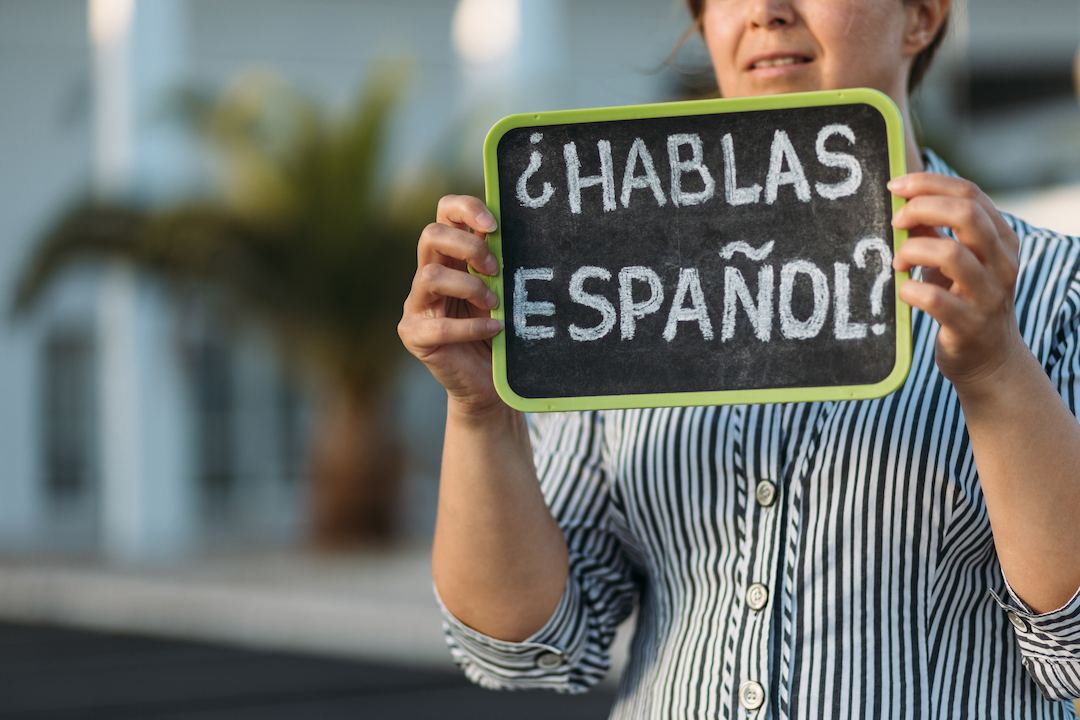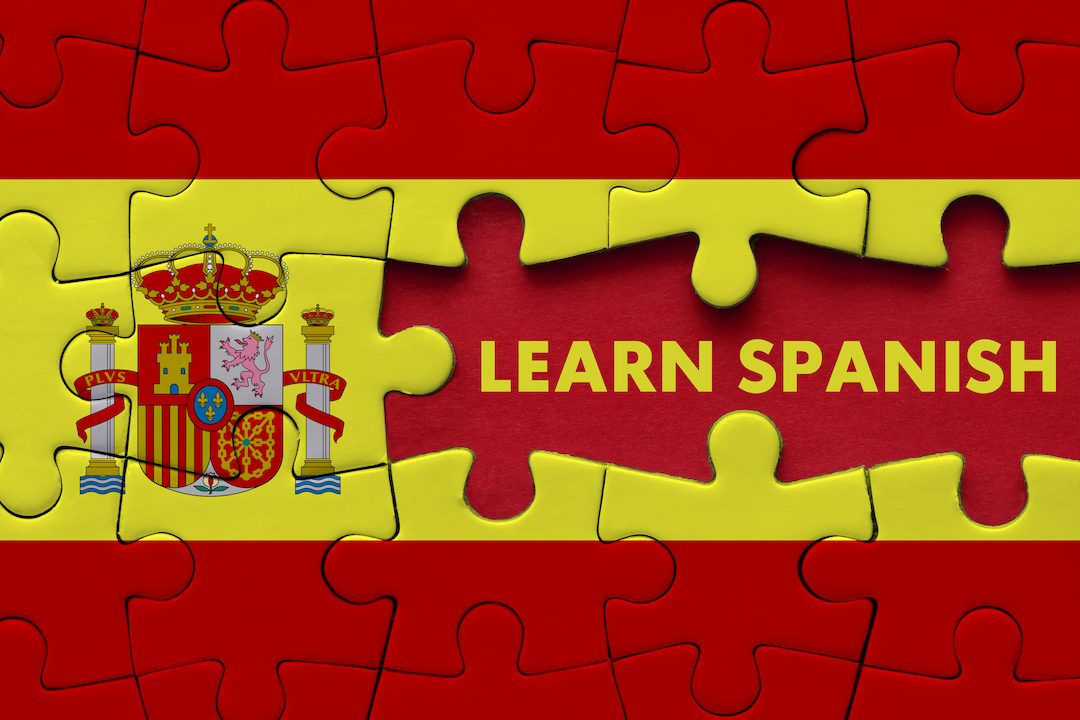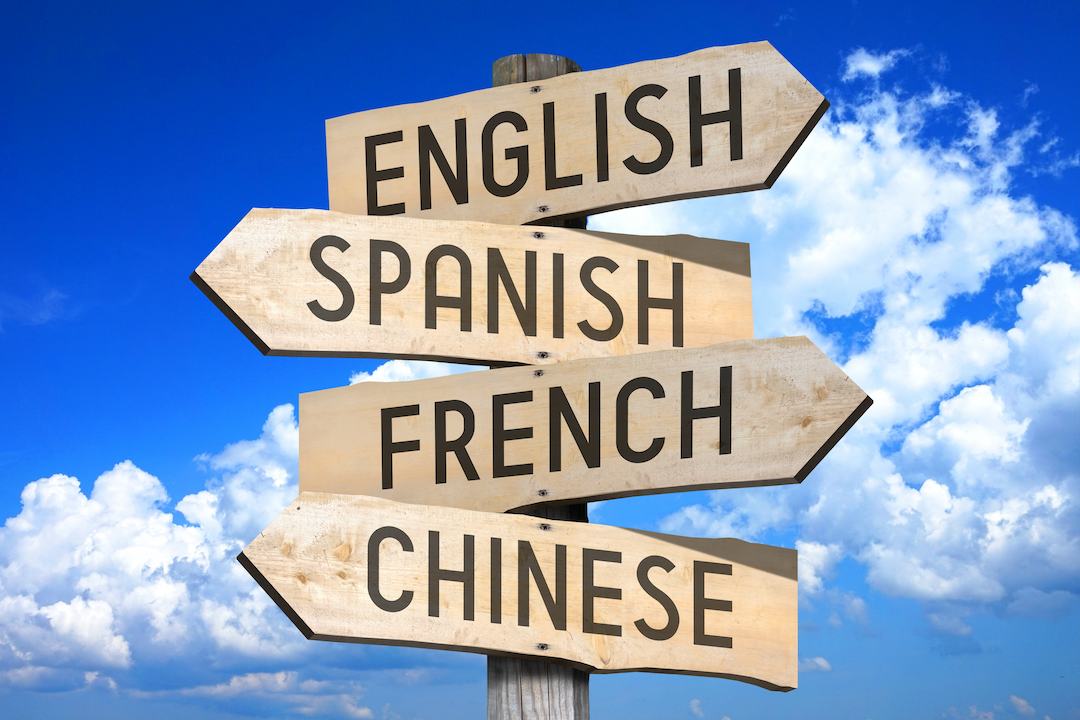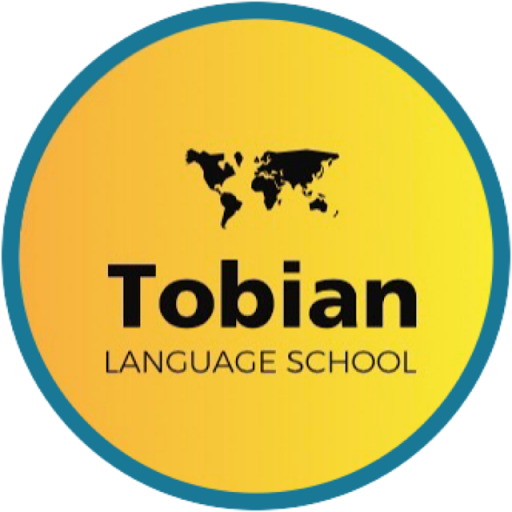How hard is it to learn Spanish?
- April 10, 2024
- By Tobias Woudt
Learning a new language opens doors to a world of opportunities, cultural enrichment, and enhanced communication.
Spanish, with over 460 million native speakers worldwide, stands as one of the most widely spoken languages globally.
However, for many aspiring Spanish learners, the question remains: How hard is it to learn Spanish?

Table of Contents
Introduction
The answer to the question: “How hard is it to learn Spanish?” is multifaceted, influenced by various factors such as one’s native language, exposure to the language, dedication, and learning strategies.
In this article, we’ll delve into the challenges and rewards of learning Spanish while highlighting how Tobian Language School can tailor your language-learning experience to your needs and goals.
5 Factors That Make Spanish Hard To Learn Spanish?
While Spanish shares similarities with various languages, mastering it requires overcoming several hurdles:

1. Similarity to Other Native Languages
For English speakers, Spanish holds certain advantages due to similarities in vocabulary and grammar, owing to their shared Indo-European roots.
Many words in English have Latin origins, making them recognizable in Spanish.
However, while this linguistic familiarity can facilitate learning, false cognates and differences in pronunciation and grammar can still pose challenges.
2. The Complexity of Spanish Grammar
Spanish grammar, while generally considered simpler than some other languages like German or Russian, still presents complexities.
Verb conjugations, for instance, can be daunting for beginners due to the variety of tenses and irregular verbs.
Additionally, gendered nouns and agreement between adjectives and nouns require attention to detail.
3. Spanish Pronunciations and Accents
Mastering Spanish pronunciation can be challenging, especially for learners whose native language lacks certain sounds present in Spanish.
The rolled ‘r’ (erre) and differentiating between vowels like ‘e’ and ‘i’ can take time to perfect.
Moreover, Spanish spoken in different regions—Spain, Mexico, Argentina—can vary significantly in accent and colloquialisms, adding another layer of complexity.
4. Challenges With Language Immersion
Immersion in Spanish-speaking environments significantly accelerates language acquisition.
However, for learners without access to immersion experiences, finding opportunities to practice speaking and listening can be challenging.
Online resources, language exchange programs, and conversation groups can supplement formal learning but may not fully replicate immersion benefits.
5. Your Motivation and Persistence
Like any skill, mastering Spanish requires dedication and persistence.
Language learning is a journey that requires consistent effort and practice over time.
Staying motivated, setting realistic goals, and celebrating progress are essential for overcoming challenges along the way.

Despite these challenges, the rewards of learning Spanish are clearly abundant as you can see in the following section.
The Rewards For Learning Spanish
Despite the challenges we have previously mentioned above, the benefits of learning Spanish are immense:

1. The Benefits Of Cultural Enrichment
Proficiency in Spanish opens doors to a rich tapestry of literature, music, film, and art from Spanish-speaking countries.
Understanding Spanish allows for deeper cultural appreciation and fosters connections with people from diverse backgrounds.
Here’s a personal story from the founder of Tobian Language School, Tobias:
During my South American travels, learning Spanish opened doors to immersive experiences.
With basic phrases, I engaged with locals, navigated markets effortlessly, and savored authentic cuisine.
Yet, it was the deeper connections formed at a street festival that truly enriched my journey.
Conversations with dancers, artisans, and musicians unveiled the vibrant culture around me.
I realized that beyond words, Spanish enabled me to embrace the diverse tapestry of South America, forging lasting connections and leaving me forever grateful for the transformative power of language.
2. New Professional Opportunities
In an increasingly interconnected world, proficiency in Spanish can enhance career prospects, especially in industries such as tourism, international business, healthcare, and education.
Bilingualism is often an asset sought by employers seeking to engage with Spanish-speaking markets or communities.
Our new student Alex is currently studying A1 Spanish to help with his career, he told us:
I am currently learning Spanish with the Tobian Language School to help me increase my Digital Marketing experience across Europe.
With my personal background surrounded by other latin languages such as French and Portuguese, I felt compelled to go the extra step and learn Spanish.
3. The Benefit Of Personal Growth
Learning a new language enhances cognitive abilities, improves memory, and fosters empathy and cultural sensitivity. It broadens one’s worldview and provides a sense of accomplishment and confidence in navigating diverse linguistic environments.
Tailored Spanish Learning with the Tobian Language School
At Tobian Language School, we understand that every learner is unique.
That’s why we offer personalized Spanish courses designed to meet your specific needs and preferences:
Customized Curriculum: Our courses cater to all levels, from beginners to advanced learners.
Experienced Instructors: Learn from dedicated instructors with expertise in teaching Spanish to diverse learners.
Interactive Learning: Engage in interactive lessons that keep you motivated and actively involved in your language journey.
Whether you’re a complete beginner or seeking to refine your skills, Tobian Language School is here to support you every step of the way.
In addition to these general considerations, let’s explore how the experience of learning Spanish varies for speakers of different languages:
How hard is it to learn Spanish when you speak a different language

1. For French Speakers:
Advantages:
French and Spanish share a significant amount of vocabulary due to their common Latin roots. Grammar structures, such as verb conjugations and noun gender, are also somewhat similar.
Challenges:
Despite these similarities, differences in pronunciation, verb conjugations, and idiomatic expressions can pose challenges. French speakers may struggle with the Spanish rolled ‘r’ sound and the distinction between certain vowel sounds.
2. For Italian Speakers:
Advantages:
French and Spanish share a significant amount of vocabulary due to their common Latin roots. Grammar structures, such as verb conjugations and noun gender, are also somewhat similar.
Challenges:
Despite these similarities, differences in pronunciation, verb conjugations, and idiomatic expressions can pose challenges. French speakers may struggle with the Spanish rolled ‘r’ sound and the distinction between certain vowel sounds.
3. For English Speakers:
Advantages:
English speakers benefit from a significant amount of Spanish vocabulary borrowed from Latin roots. Many words are recognizable, which can aid in comprehension.
Challenges:
Despite these cognates, English speakers may struggle with Spanish grammar, particularly verb conjugations, noun gender, and sentence structure. Pronunciation can also be challenging, especially the rolled ‘r’ sound and certain vowel sounds not present in English.
4. For Portuguese Speakers:
Advantages:
Portuguese and Spanish share many similarities in vocabulary, grammar, and pronunciation due to their shared Latin roots. Portuguese speakers often find it easier to understand spoken Spanish.
Challenges:
While the similarities between Portuguese and Spanish can facilitate comprehension, differences in pronunciation, verb conjugations, and vocabulary may still present challenges. Portuguese speakers may find Spanish verb conjugations and the use of the subjunctive mood particularly challenging.
5. For Dutch Speakers:
Advantages:
Dutch and Spanish belong to different language families, but Dutch speakers may find some similarities in vocabulary due to historical influences. Dutch learners may also benefit from a structured approach to grammar.
Challenges:
Differences in pronunciation, verb conjugations, and grammatical structures can pose challenges for Dutch speakers learning Spanish. The absence of gendered nouns in Dutch may require adjustment when learning Spanish noun gender.
6. For German Speakers:
Advantages:
German and Spanish share some similarities in vocabulary, particularly in technical and scientific fields. German speakers may also find certain grammatical concepts familiar.
Challenges:
Pronunciation differences, particularly the rolled ‘r’ and vowel sounds, may be challenging for German speakers. Additionally, Spanish verb conjugations and noun gender can present difficulties due to differences in grammar between the two languages.
7. For Arabic Speakers:
Advantages:
While Arabic and Spanish come from different language families, Arabic speakers may find some similarities in vocabulary borrowed from Arabic during Spain’s Islamic period. Arabic speakers may also be accustomed to grammatical features such as noun gender and verb conjugations.
Challenges:
Pronunciation differences, particularly the Spanish ‘r’ sound, may be challenging for Arabic speakers. Additionally, the absence of certain sounds in Arabic, such as the Spanish ‘b’ and ‘v’ distinction, may require focused practice.
Let’s also look at some examples of non-native Spanish speakers who have learned Spanish:
A List of People Of Interest Who Have Learnt Spanish
When trying to answer the question, how hard is it to learn Spanish, we can look at some famous examples that show us that the hardest part is getting started:
1. Natalie Portman:
The Oscar-winning actress is fluent in several languages, including Spanish. She learned Spanish while attending Harvard University and has demonstrated her proficiency in interviews and during press events.
2. Will Smith:
The Hollywood actor and rapper learned Spanish for his role in the film “Seven Pounds.” He has since continued to practice and improve his Spanish-speaking skills, often conducting interviews and engaging with Spanish-speaking fans in their native language.
3. Mark Zuckerberg:
The co-founder and CEO of Facebook surprised many when he delivered a keynote speech entirely in fluent Spanish at a conference in Colombia. He reportedly learned Spanish in preparation for his marriage to his wife, Priscilla Chan, who is of Chinese and Vietnamese descent but speaks Spanish fluently.
4. Barack Obama:
The former President of the United States has demonstrated his commitment to learning Spanish, often using Spanish phrases and expressions in speeches and interviews. While not fluent, his efforts to communicate in Spanish have been well-received by Spanish-speaking audiences.
5. Pope Francis:
As the first pope from Latin America, Pope Francis, born Jorge Mario Bergoglio in Argentina, is a native Spanish speaker. He regularly delivers speeches and conducts meetings in Spanish, contributing to his global outreach and connection with Spanish-speaking Catholics worldwide.
6. Emma Watson:
The British actress, best known for her role as Hermione Granger in the “Harry Potter” film series, learned Spanish during her studies at Brown University. She has expressed her love for the language and has demonstrated her Spanish-speaking abilities in various interviews and public appearances.
7. Tom Hiddleston:
The British actor, best known for his role as Loki in the Marvel Cinematic Universe, learned Spanish for his role in the movie “The Night Manager.” He worked with a dialect coach to perfect his Spanish accent and pronunciation.
8. Diane Kruger:
The German actress learned Spanish for her role in the movie “The Bridge,” where she played a detective who works on the U.S.-Mexico border. She studied Spanish intensively to accurately portray her character’s bilingualism.
9. Viggo Mortensen:
The Danish-American actor is fluent in several languages, including Spanish. He learned Spanish while living in Argentina as a child and has since maintained his fluency, even using Spanish in some of his film roles.
10. Leonardo DiCaprio:
The Oscar-winning actor learned Spanish while preparing for his role in the movie “Blood Diamond.” He worked with a Spanish coach to master the language for his character, who speaks Spanish fluently in several scenes.
11. Gwyneth Paltrow:
The American actress learned Spanish during her travels and has spoken about her love for the language. She has practiced her Spanish-speaking skills in interviews and has even posted videos on social media speaking Spanish with native speakers.
12. Luka Modrić:
The Croatian footballer, known for his time playing for Real Madrid in Spain’s La Liga, learned Spanish during his tenure with the club. Modrić, who primarily spoke Croatian and English, embraced the opportunity to learn Spanish to communicate effectively with his teammates, coaches, and fans. His dedication to learning the language allowed him to integrate seamlessly into Spanish-speaking environments both on and off the field.
These individuals demonstrate that learning Spanish as a non-native speaker is achievable with dedication and commitment, and it opens doors to new opportunities for communication and cultural exchange.
Conclusion
If you’re interested in starting your journey to learn Spanish, consider enrolling in courses at the Tobian Language School.
With experienced instructors, interactive lessons, and a supportive learning environment, Tobian Language School offers comprehensive Spanish courses designed to accommodate learners of all levels.
Explore our Spanish courses, start your language-learning journey today and you will discover the answer to the question: how hard is it to learn spanish? Spoiler, it’s not that hard.

Tobias is a polyglot, traveller and founder of the Tobian Language School.
